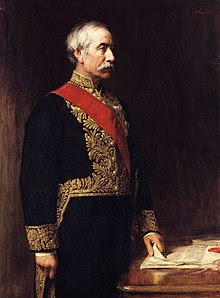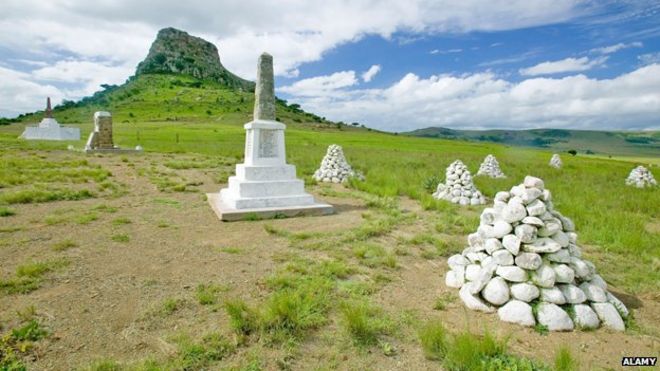
Soviet Ski Troops At The Hermitage Museum
The city of Lenningrad begins its existence as a fort for Swedish colonists at the mouth of the Neva River in 1611 and is called Nyenskans. Seeking a better seaport for expansion of his empire, Peter Alexeyevich, now known to history as the Russian Czar, Peter the Great, the city is captured by the Czar on May 12, 1703 and the "new" city of Saint Petersburg is built by conscripted peasant serfs and Swedish prisoners of war in an effort that kills thousands of workers. In 1712, Peter moves his capital from Moscow to the rapidly growing city. Capital returned to Moscow following Peter's death in 1725, the city is made the center of the Russian Empire once more by Empress Anna in 1732, and will remain the seat of the Romanov dynasty, Imperial Court, and the Russian government for the next 186 years (in 1914 though, the city briefly becomes known as Petrograd). In November of 1917, when the Bolshevik revolution comes to Russia (in the form of Vladimir Lenin and his followers), it begins with the storming.of Petrograd's Winter Palace. Revolution and the war that follows successful (and Moscow back as the capital), five days after Lenin dies on January 26, 1924, the city is rechristened, Leningrad. In 1941, the location is famous for its history and wealth of cultural delights (the Hermitage is one of the largest museums in the entire world), and is home to over three million souls. As main base of the Soviet Baltic fleet and the source of 11% of all Soviet industrial output, it is also one of three strategic goals for the Third Reich's Operation Barbarossa, Nazi Germany's invasion and conquest of Russia.
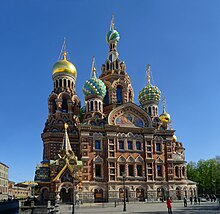
St. Petersburg
Allies at first when there is Polish territory to divide and conquer, turning away from efforts to knock Great Britain out of the World War II, on June 22, 1941, Nazi forces make the mistake of beginning a two-front war with their surprise invasion of Russia by over three million soldiers. As part of the invasion plan, the conquest of Leningrad (and its destruction, Hitler has plans to raze the city to the ground) is assigned to the Wehrmact's Army Group North, commanded by Field Marshal Wilhelm Ritter von Leeb (supported by elements of the Finnish Army, seeking payback for territories lost in the three month Russo-Finnish War that ends on March 13, 1940). Gobbling up men, equipment, and territory, the efforts of Army Group North are extremely successful at first, but when Hitler moves the wing's 4th Panzer Group south prematurely to help in the campaign to take Moscow, plans to conquer Leningrad change from an open push through the city, to ones in which siege warfare will cause the former capital to fall, with starvation being the German's principal weapon (it is at first believed that it will only take a few weeks). On September 8, 1941, the city is officially encircled, cut off from supplies, and begins starving.
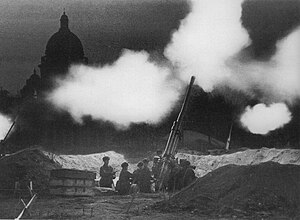
1941 Air Raid On The City
Ordeal begun with disruptions of water and energy utilities, death comes to the citizens of Leningrad by aerial bombardment, artillery shells, soldier bullets, exposure to winter (the temperatures during winter will drop to -22 fahrenheit), disease, starvation, and even residents murdering each other (killing for ration cards, with some cannibalism also occurring) in a quest to merely survive another day ... days that become weeks, weeks that become months, and months that become years as the slaughter goes on. Young, old, middle-aged, man or women, no one within Leningrad's defensive perimeter is spared the siege's horrors (from November of 1941 to February of 1942, citizens will receive an allotment of only 125 grams of bread a day, bread that is 60% composed of sawdust and other inedible additives). Reached by only a trickle of supplies that move across frozen Lake Ladoga in the winter (the dangerous route will be called The Ice Road and The Road of Life), the economic destruction and loss in human lives (people die on the streets and there are bodies everywhere as over 100,000 a month begin perishing) will exceed what takes place at the Battle of Stalingrad, the Battle of Moscow, and the fire bombing of Tokyo (historian Michael Walzer will declare that the siege kills more civilians than the deadly bombings of Hamburg, Dresden, Hiroshima, and Nagasaki combined), and will be considered the most lethal siege in history, and by some historians, no siege at all, but just an outright act of genocide.

Searching For Food
Another Day
And Another
Young Victim
Slowing Starving
Death everywhere, it is no different on the perimeter of Leningrad than within the city as German forces battle with Soviet troops over encirclement. In August of 1942, Soviet troops launch Operation Sinyavino to relieve the city, but that offensive fails by October (at a cost of 113,674 casualties). More successful, but inadequate to supply the total needs of the city, Operation Iskra, set in motion in January of 1943, opens up a small land corridor (between six and seven miles wide that remains within range of German artillery) to the south of Lake Ladoga into the besieged location (its cost are another 100,000 casualties). Tide finally turned with German defeats at Stalingrad and Kursk in 1943, another offensive of over 800,000 Soviet soldiers to break the siege begins on January 14, 1944. A success (at a cost of another 300,000 Russian casualties that also push German forces back from Moscow), troops liberate enough of the southern section of Leningrad to allow supplies to be received once more from the Moscow-Leningrad Railroad line. Soviet dictator, Joseph Stalin, declares the siege officially lifted on January 27, 1944 ... a terrible victory that is celebrated by a 324-gun salute by Katyusha rocket launchers and artillery pieces at 8:00 in the evening.

Attacking Soviets

Gathering Water From A City Shell Hole
Broken Siege
Bloodbath finally ending, the city almost immediately begins rebuilding itself (Stalin will name Leningrad a "hero city" on May 1, 1945) ... repairing damaged buildings and making new monuments and museums to the victory of its citizens. Renamed Saint Petersburg by a vote of its citizens on September 6, 1991, the city and region at the head of the Gulf of Finland on the Baltic Sea is now Russia's second largest city (behind Moscow) and home to over five million citizens, along with being the home to the Constitutional Court of Russia, the Heraldic Council of the President of the Russian Federation, the National Library of Russia, and the planned location of the Supreme Court of the Russian Federation. It contains the Lakhta Center, the tallest building in Europe, and in 1991 is declared a World Heritage Site by UNESCO ... but it has never forgotten its WWII ordeal, and how could it when every January 27th, the lifting of the siege is celebrated by a military parade, featuring troops of the Western Military District and the St. Petersburg Garrison, historical reenactors, WWII equipment such as T-34 tanks, wartime flags and banners, and martial music, at the city's famous Palace Square.

Lakhta Center

St. Petersburg

Winter At Palace Square

Hero City Obelisk
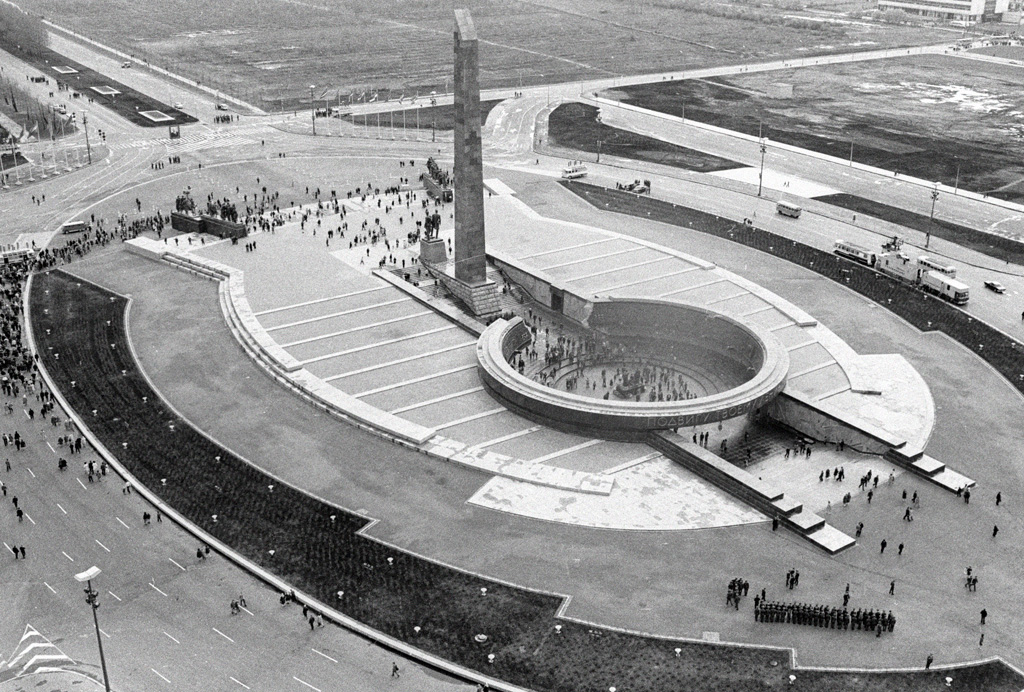
Defenders Monument In Victory Square
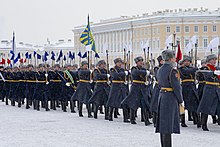
2019 Celebration
1/27/1944 ... the siege of Lennigrad is lifted.

Siege

